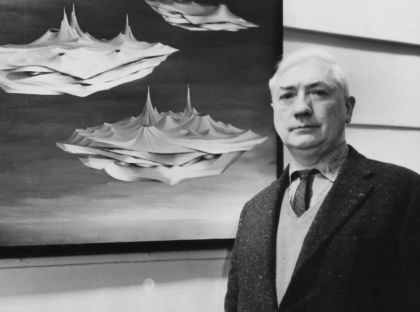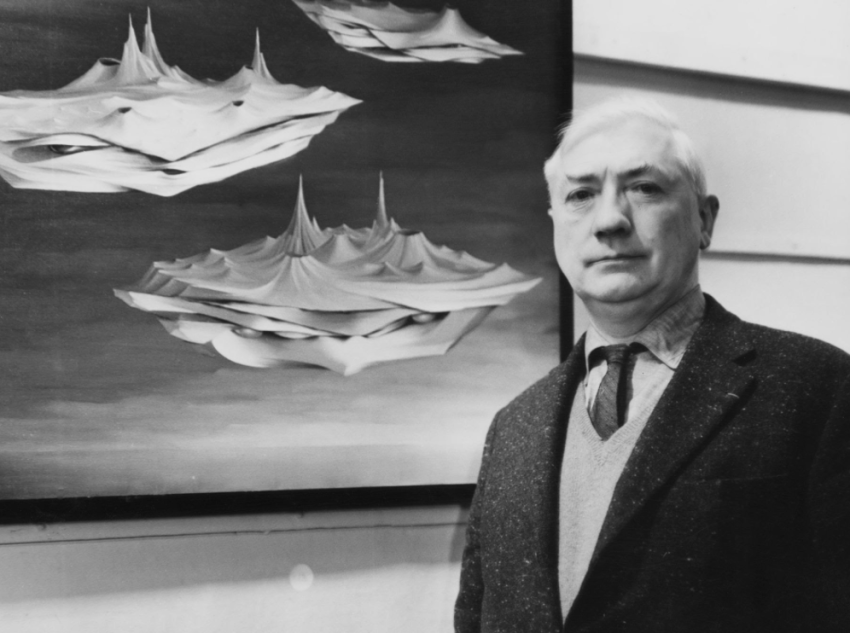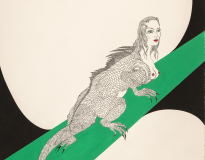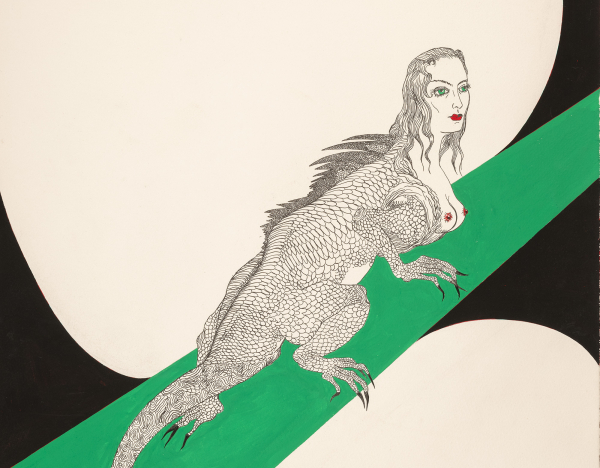Félix Labisse
( 1905-1982 )
Biography


Labisse, who was born on 9 March 1905 in Marchiennes and died on 29 January 1982 in Neuilly-sur-Seine, was a French painter, scriptwriter, poster artist and decorator, renowned for his surrealist style combining fantasy, magic and eroticism.
From the 1920s onwards, Labisse developed an artistic career influenced by Flemish Expressionism, drawing inspiration in particular from James Ensor and Constant Permeke. After the First World War, he settled in Belgium and made a name for himself in Ostend, where he founded a modern art gallery and collaborated with film-maker Henri Storck on several projects. He soon became close to the artistic and literary circles of Brussels and Paris, rubbing shoulders with the likes of Jean-Louis Barrault, Antonin Artaud and Jacques Prévert.
His work reached a turning point in the 1940s, when he joined the Surrealist circle, supported by authors such as Robert Desnos and Paul Éluard. He began to explore themes of metamorphosis and mystery, as in Le Bonheur d'être aimée (1943), in which sensual and enigmatic female characters populate unreal worlds. His ‘blue women’, created in the 1960s, became one of the major symbols of his art, embodying beauty, strangeness and a certain vision of mystical eroticism.
At the same time, Félix Labisse became involved in set design, creating sets and costumes for plays, operas and ballets. His collaborations with Jean-Louis Barrault, Christian Casadesus and the Opéra-Comique bear witness to his versatility and talent for transforming the stage into a dreamlike space.
Elected to the Académie des Beaux-Arts in 1966, Labisse has taken part in major exhibitions across Europe, including the Venice Biennale and retrospectives in prestigious venues such as the Boijmans Van Beuningen Museum in Rotterdam. His works, marked by intense colours and a precise figurative technique, oscillate between surrealism, fantasy and mythological influences.
Félix Labisse marked his era with his unique style and abundant imagination, leaving behind a fascinating and timeless body of work. He is buried today in Douai cemetery, alongside his wife.
93400 Saint-Ouen sur Seine

